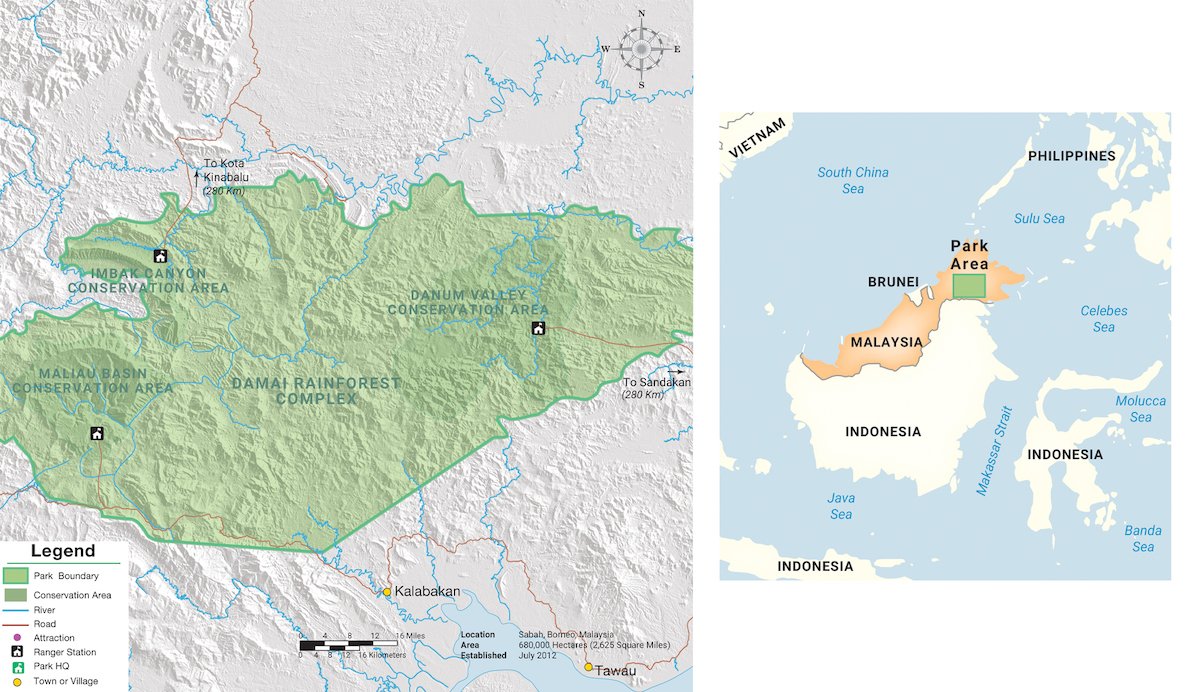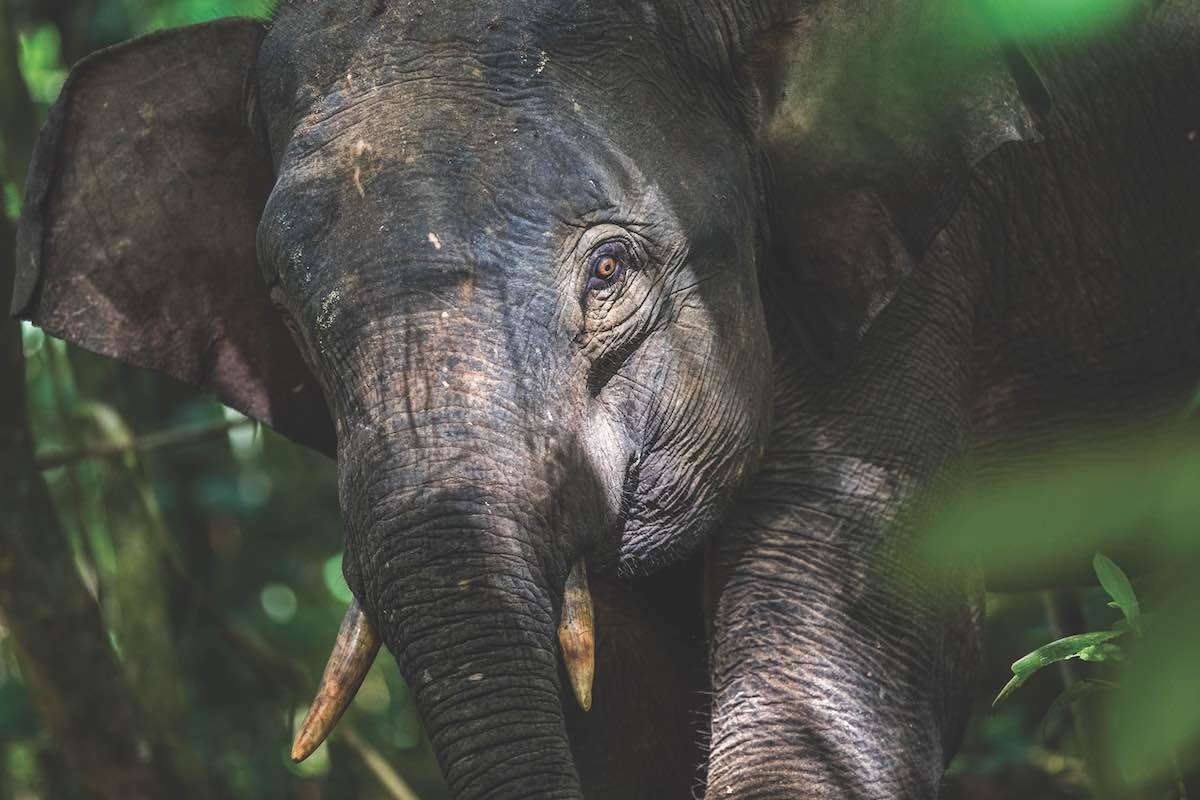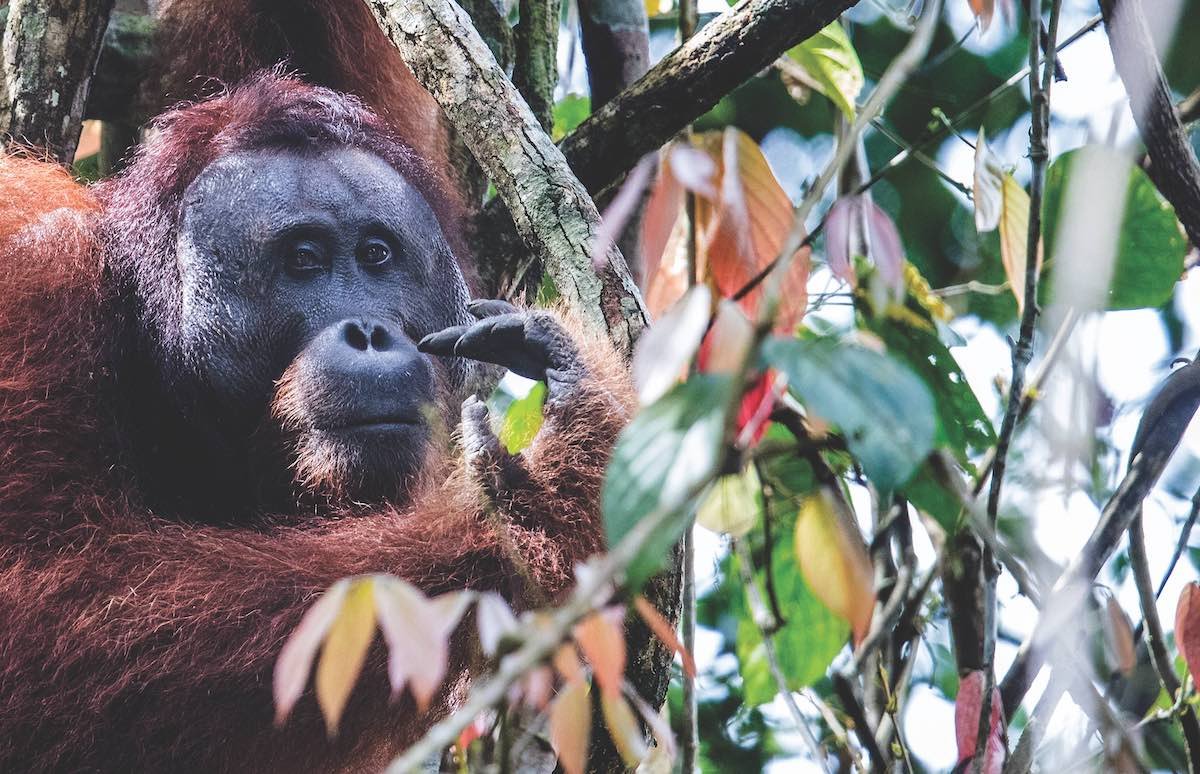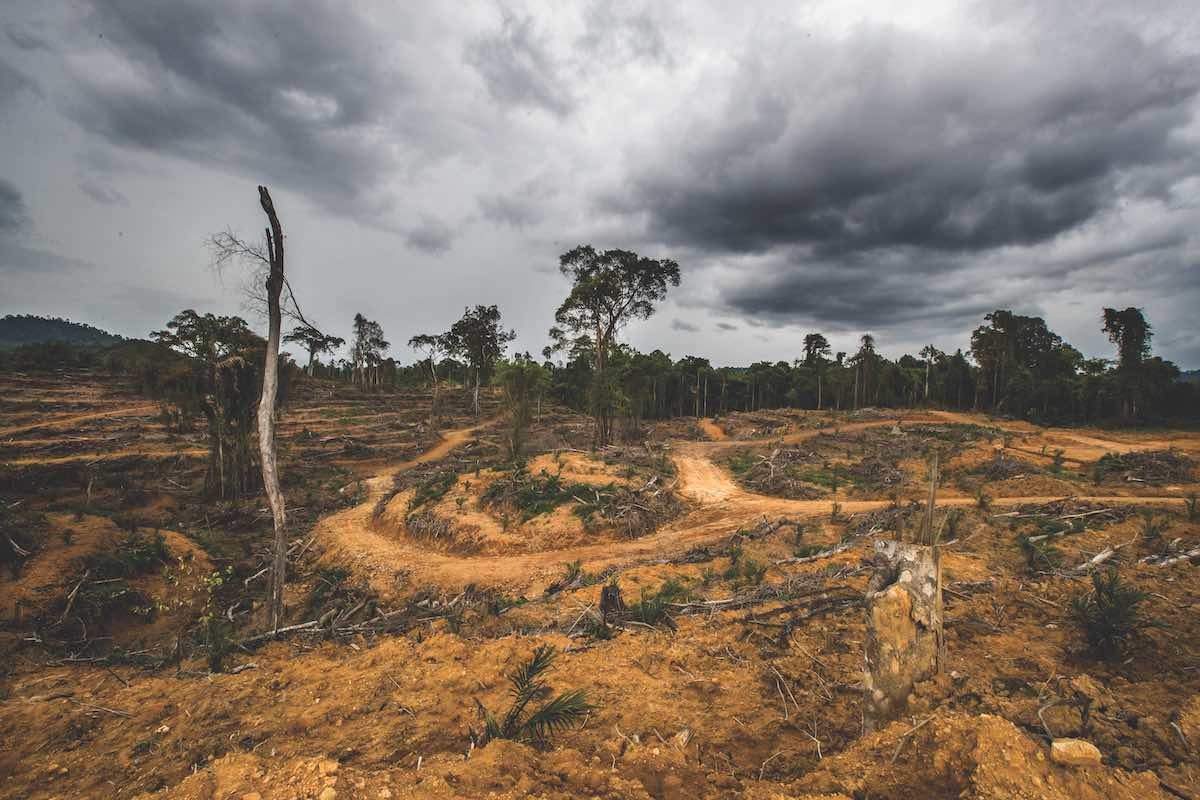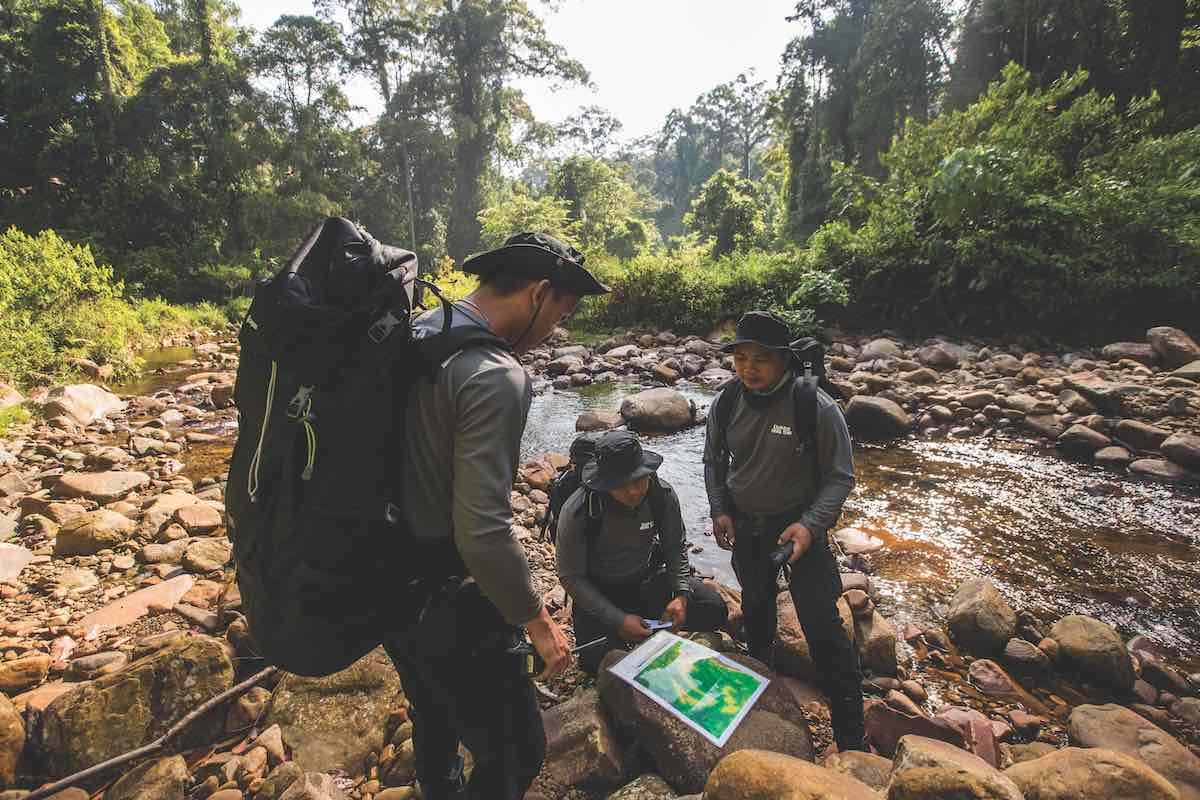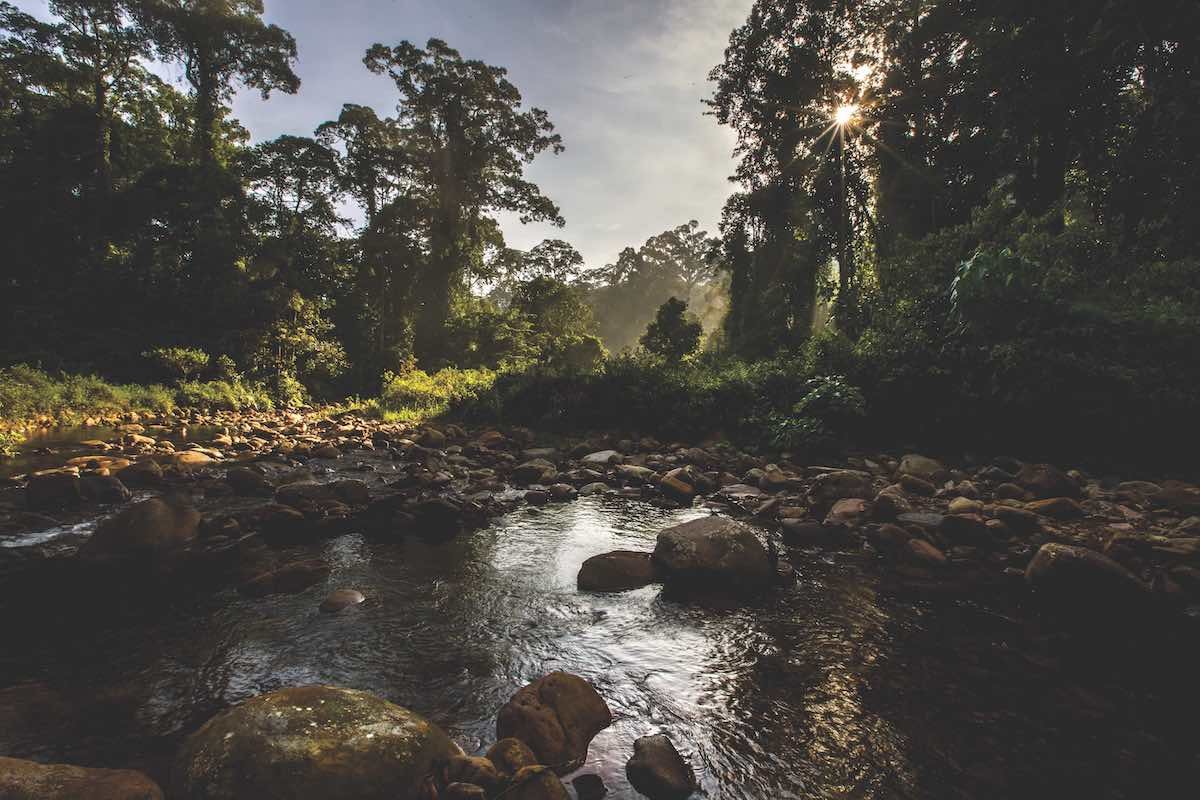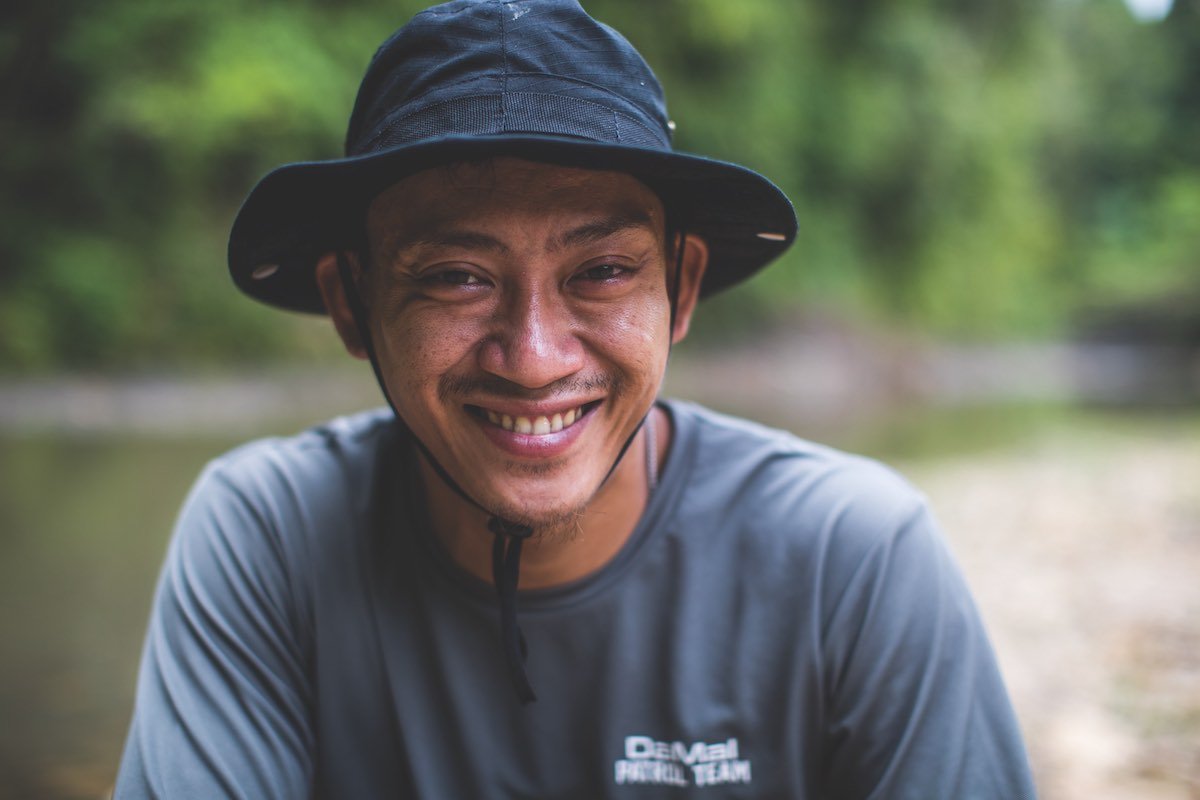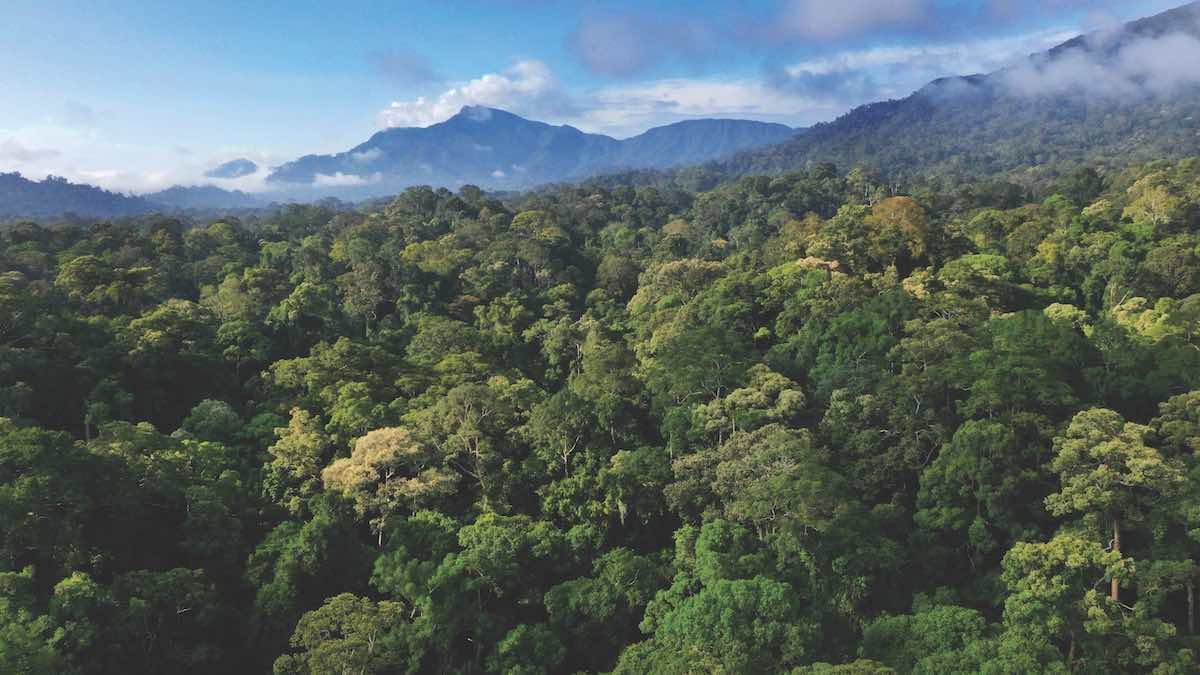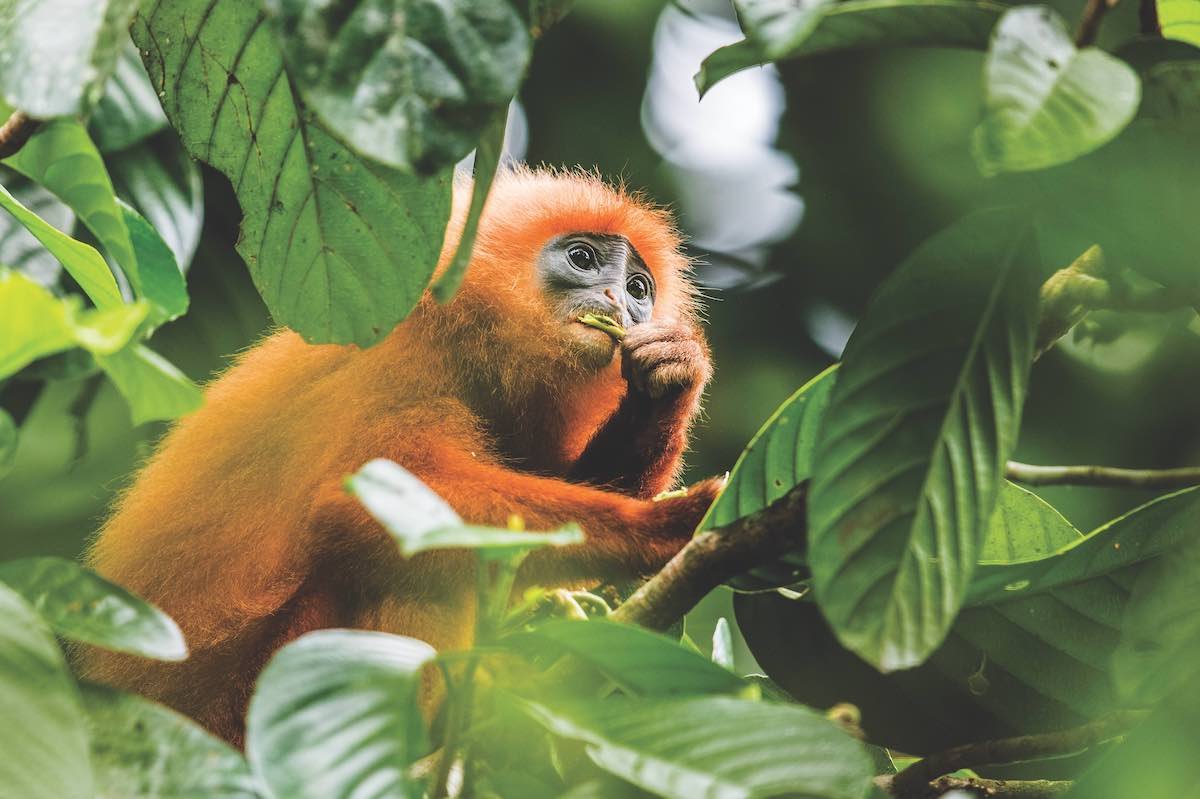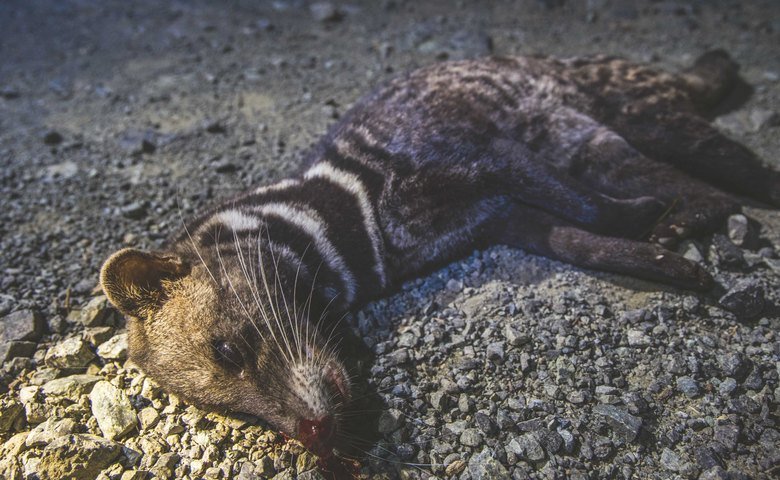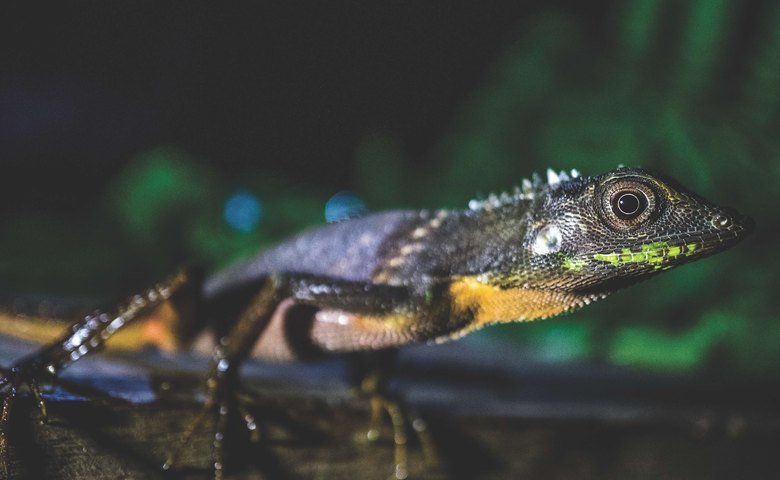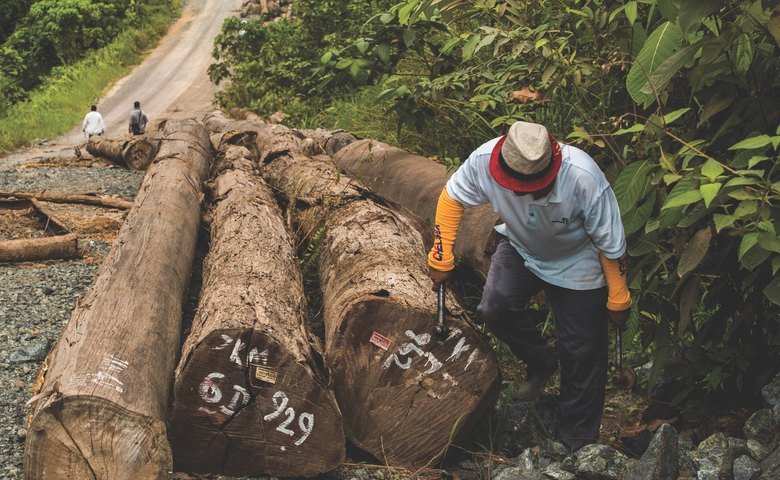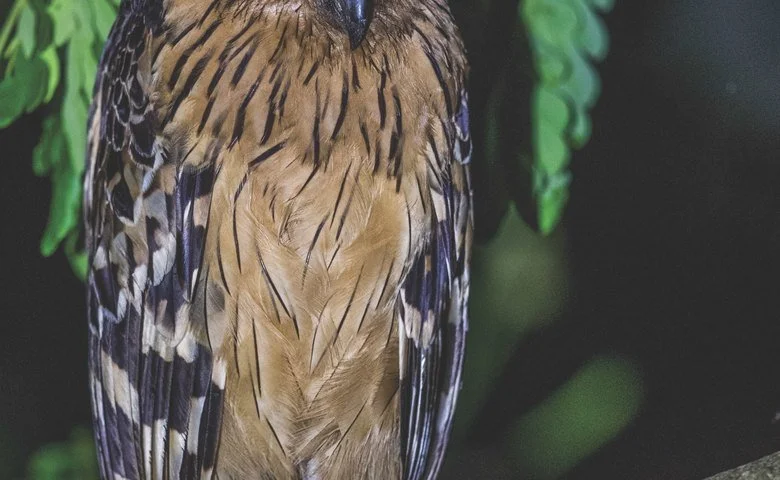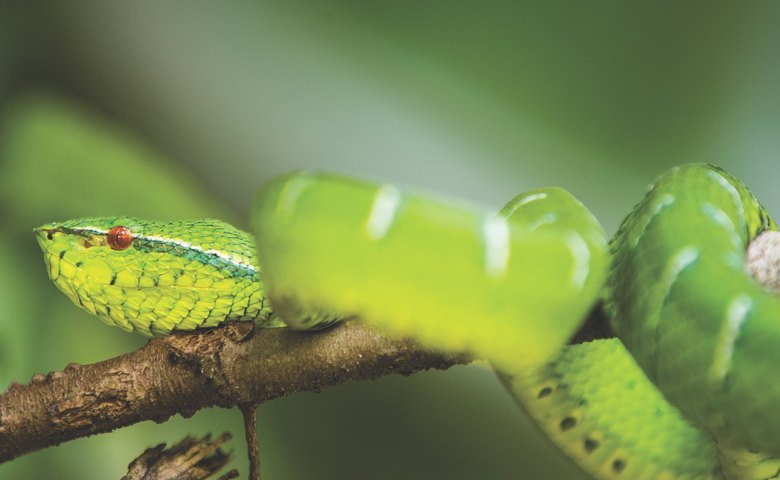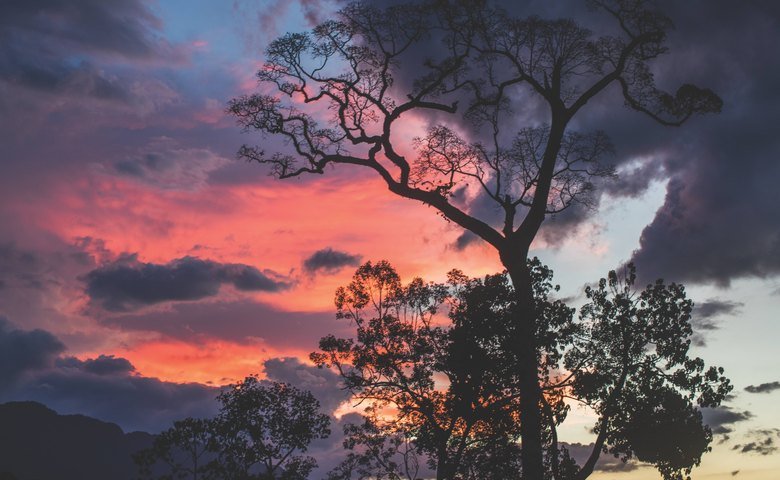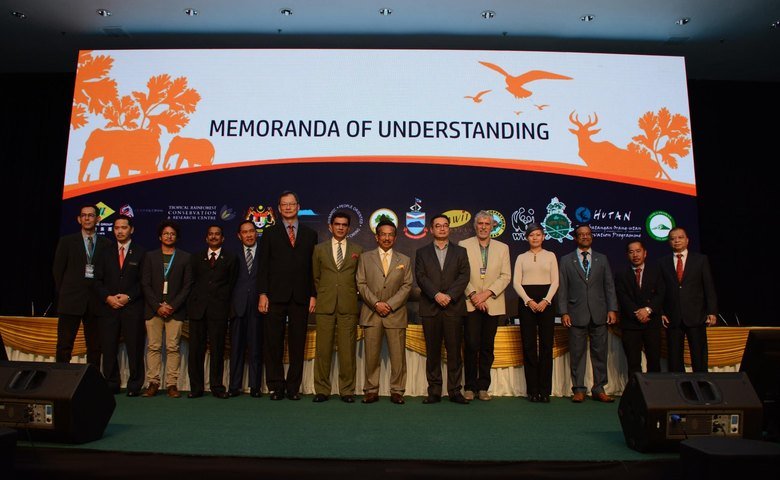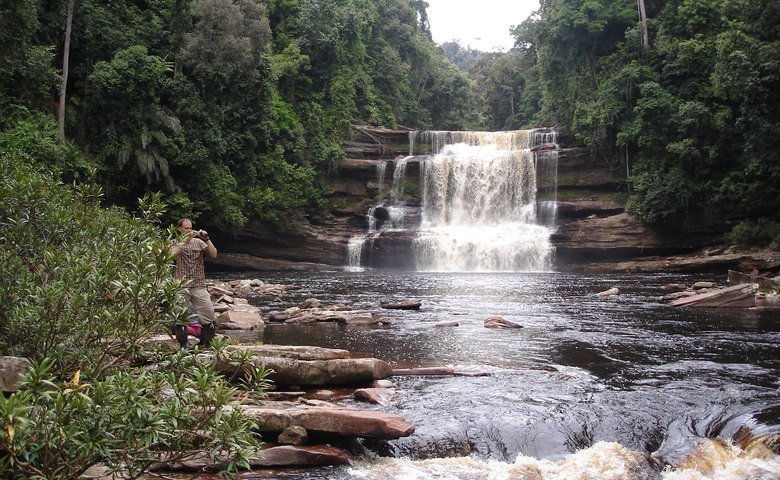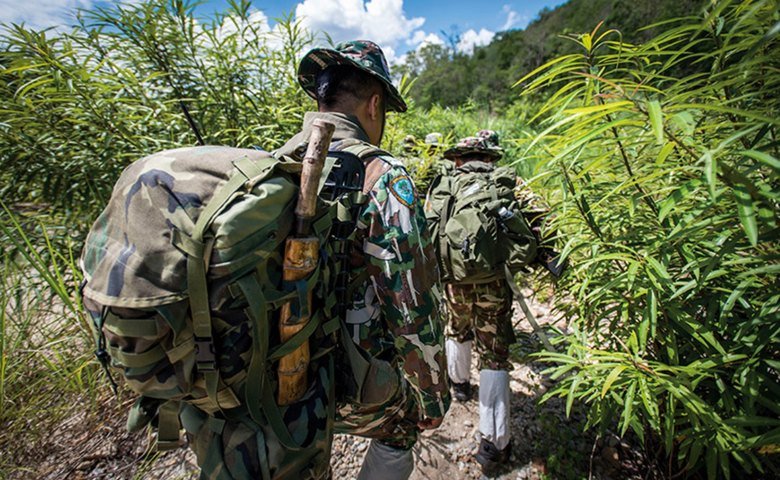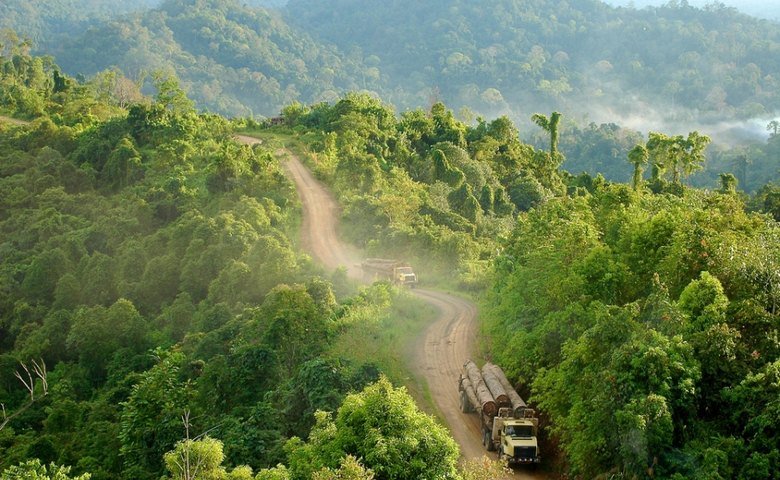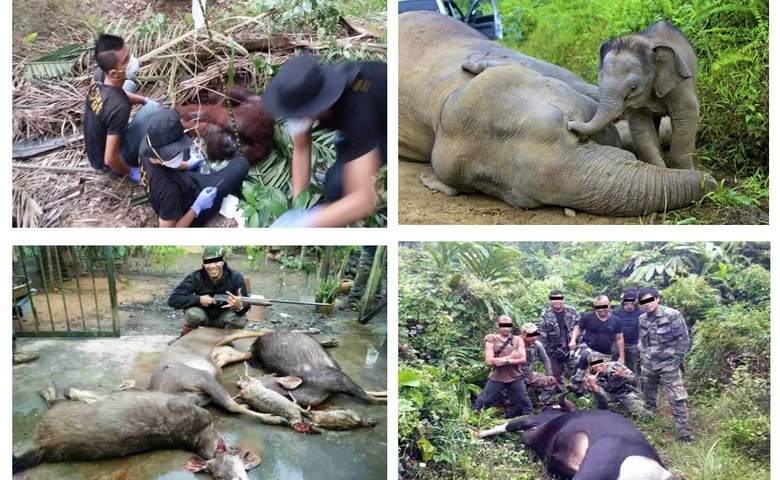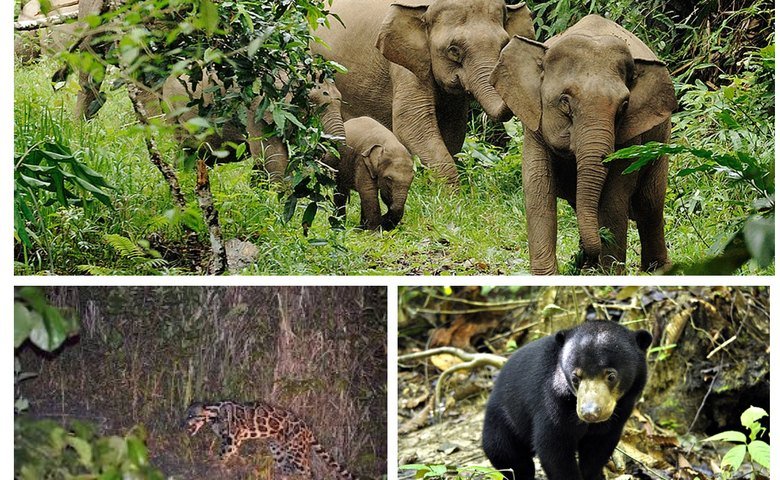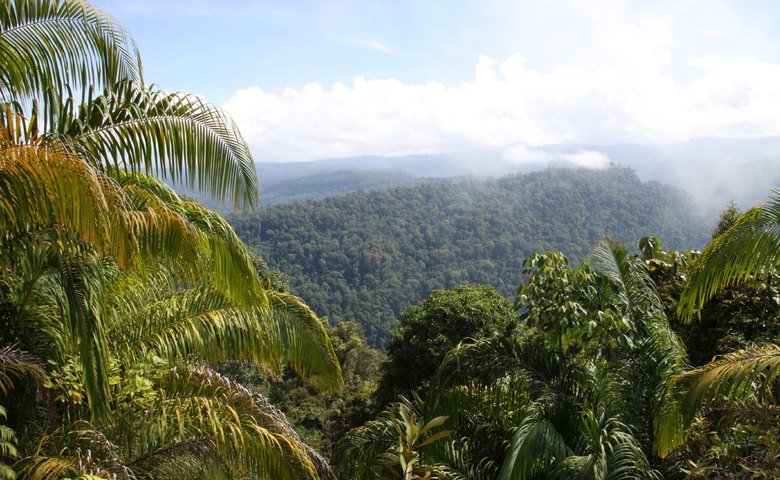DaMaI World Heritage Site, Sabah, Malaysia
OVERVIEW
In the Heart of Borneo, there's a place whose uncharted rainforests are so secluded that it has never been permanently inhabited by humans. It’s as though it exists on a separate planet; some call it Sabah’s “Lost World”.
The Danum Valley – Maliau Basin – Imbak Canyon (DaMaI) contains one of the last intact primary forests and wildlife habitats in Asia for endangered megafauna species including elephants, clouded leopards and orangutans to co-exist together in the wild. GC is working to protect it.
SIZE
440,000 Hectares
GOAL
$480,000
VISITORS BY 2025
45,000
Introduction
In the northern reaches of the island of Borneo lies a sweeping, forested crater, so wide that it would take more than 5 hours to walk across. This place is isolated from the world by a jagged rocky rim. At up to 1600m high, these cliffs are almost four times the height of the Empire State Building, decorated by countless curtaining waterfalls. Its uncharted rainforests are so secluded that it has never been permanently inhabited by humans, and its ecosystem is virtually self-contained. It’s as though it exists on a separate planet. Some call it Sabah’s “Lost World”.
On its rim stand trees adorned with pitcher-like carnivorous flowers as tall as your arm is long. On the ground grows one of the world’s largest blooms, bursting from the understory like a Dr. Seuss painting: the fantastical red Rafflesia, which imitates the scent of a corpse. At the foot of the basin’s northern cliffs lies a lake, the only true lake on this part of the island, scattered with the fossils of ancient sea creatures. The Murut, a tribe of former headhunters, tell of a dragon that lives in the lake and holds back the water with its massive tail.
This is the Maliau Basin, one of three sites within the proposed DaMaI World Heritage Site in the state of Sabah on the Malaysian island of Borneo. To the north of Maliau is Imbak Canyon, “The Green Canyon of Borneo”, brimming with undisturbed lowland rainforest. In the east is the Danum Valley, a vast depression carpeted with prehistoric, virgin forest containing a Kadazan-Dusun indigenous burial site.
At 130 million years old, the Danum Valley rainforest is twice as ancient as the Amazon.
Natural Heritage
The DaMaI (Danum-Maliau-Imbak) ecosystem, often referred to as the Heart of Borneo, is one of the last intact primary forests in Asia and a critical habitat for endangered megafauna like Borneo pygmy elephants, Sunda clouded leopards and Sumatran orangutans, as well as all eight species of Bornean hornbills. With hundreds of bird species, some endemic to this area, Danum Valley and Maliau Basin have been designated as Important Bird Areas by BirdLife International.
Saving DaMaI
Today, there is little organized protection for wildlife in the proposed DaMaI World Heritage Site. Armed gangs are aggressively hunting, both for international trade and sale to wildlife eateries on Borneo that are frequented by foreign tourists. Illegal hunting has rapidly increased over the past 10 years, depleting wildlife populations; without effective protection, we will lose more endangered species and critical habitats in one of the most biodiverse places on earth. Already, in 2015, rhinos were declared extinct in Malaysian Borneo.
Global Conservation aims to deploy Global Park Defense against wildlife poaching and illegal land clearing through an integrated system. Our technologies and training will include park-wide communications, cellular trailcams, aerial surveillance, SMART patrols, the Vulcan Domain Awareness System, ranger and community eco-guard training, and improved visitor security.
With almost no dedicated park or wildlife patrols today, DaMaI is highly vulnerable to illegal activities. Initially, Global Conservation funding, training and oversight will be critical to ensure patrol coverage of its core wildlife areas.
Our goal is to achieve ‘No Cut, No Kill’ protection in three core habitats within 5 years. To accomplish this, we are working with leading conservation organizations in Sabah, including the Sabah Environmental Trust (SET), Sabah Forestry, Sabah Foundation, and the Sabah Department of Wildlife.
Proposed UNESCO World Heritage Designation
Fortunately, the 130,000-hectare (598,000 hectares including its buffer zone) DaMaI Rainforest Complex was approved by the state government in 2011 for nomination as Sabah’s second World Heritage Site. The nomination dossier has been completed and handed to the national focal agency for submission to UNESCO. Working with state and national governments, Global Conservation will move the World Heritage Site nomination process forward while improving planning for protection, conservation and sustainable tourism. We are proposing new buffer zones, a single management structure, and an increase in the total area under state-level protection to over 800,000 hectares.
The proposed World Heritage Park has the potential to bring millions of visitors in the coming decades, which provides a powerful financial model for long-term protection and sustainability. Few other rainforest wildlife areas offer this opportunity. Already, Sabah has millions of visitors to their other parks, marine areas, and wildlife sanctuaries.
Primary Goals:
1.
Deploy Global Park Defense against wildlife poaching and illegal land clearing through an integrated system, technologies and training including park-wide communications, Cellular Trailcams, aerial surveillance, SMART Patrols and the Vulcan Domain Awareness System (DAS), ranger and community ecoguard training, as well as improved visitor security. Goal is to achieve "No Cut, No Kill" Protection in 3 core wildlife habitats within 4-5 years.
2.
Increase Ranger Patrolling Coverage. With almost no dedicated park or wildlife patrols today, DaMaI is highly vulnerable to illegal activities. Initially Global Conservation funding, training and oversight will be critical to ensure the highest quality training and equipment for Park Rangers including Threat Assessment, Patrol Support, a dedicated Master Ranger, and secured support across Park, Wildlife, Forestry and Law Enforcement for increasing targeted patrol coverage to 80% of core wildlife areas within 4 years.
3.
Establish the DaMaI UNESCO World Heritage Park. Working with the Sabah state government and Malaysian national government, we will move the nomination process forward while improving planning for protection, conservation and sustainable tourism. We are proposing new buffer zones, a single management structure and increasing the total area under state-level protection to over 2 million acres
Key Initiatives
Global Park Defense equipment, systems and training is being funded to support dedicated park ranger teams focused on anti-poaching and law enforcement in DaMaI core conservation areas. Key initiatives include:
Implementing ground and aerial surveillance equipment including cellular trailcams and UAV drones.
Installing command and control systems and joint patrolling with law enforcement agencies.
Detailed mapping of DaMaI forests and ecosystems using sophisticated LiDAR and multi-sensor analysis for carbon offset value.
Planning for tourism and improved park management including best placement of roads and tourism facilities to reduce impact on wildlife and sensitive forest habitats.
DaMaI Rainforest Complex World Heritage Site would protect one of the last major primary forest ecosystems in Asia, including critical lowland forests that harbor endangered elephants, orangutans, leopards, bears, hornbills and other species facing extinction in other parts of Malaysia and across Asia.
Species Facing Extinction
In DaMaI World Heritage Site, we are working with our partners to protect the Borneo pygmy elephant, Sunda clouded leopard and Sunda pangolin.
Global Conservation is funding a multi-year Species Population Baseline study for these species to ascertain progress in Park and Wildlife Protection from our investments in Global Park Defense in DaMaI.
Only 120 Borneo pygmy elephants remain in Malaysia. The Borneo pygmy elephant is the smallest subspecies of Asian elephant, endemic to the island of Borneo. They are one of the least-studied elephants in the world.
There are two species of clouded leopard in the world, and GC sites have both of them! Just a few thousand individuals of both clouded leopard species remain across their ever-shrinking range in Asia. Illegal hunting for their skins and other body parts, habitat fragmentation due to human developments, and a lack of effective conservation efforts has led these animals to be listed as Vulnerable. Just 3,700-5,580 clouded leopards and 4,500 Sunda clouded leopards remain in the world.
So few of these mysterious animals remain that scientists have been unable to estimate their population. Sunda pangolins are one of the world's most trafficked mammals. Over a million pangolins worldwide are estimated to have been poached from the wild since 2000, and they are predicted to decline by an additional 80% within the next two decades if they are not protected. GC is working across five national parks and World Heritage Sites in Asia to help save this critically endangered species.
Partners in Conservation
Sabah Environmental Trust (SET) is led by chief executive officer & founder Dr. Rahimatsah Amat, FASc, FMSA. SET works in capacity building, logistical support, and scientific studies related to the environment. SET also manages wildlife conservation and environmental activities in Sabah including training of rangers, and wildlife population baseline studies.
Sabah Forestry Department is entrusted to manage forests and regulate forestry activities in Sabah, the second largest state in Malaysia. Led by director Sam Mannan, the Forestry Department is a strong partner against illegal deforestation and forest rehabilitation and management.
Sabah Foundation
DaMaI in the News
National Geographic - The world's tallest known tropical tree has been found—and climbed
The Telegraph - Dame Judi Dench: 'It was the only place on Earth that left me speechless'
Mongabay - Footprints in the forest: The future of the Sumatran rhino
Metro News - Borneo’s lost wilderness is open to hikers
Hindustan Times - Visit Danum Valley in Malaysia and see nature’s diversity at its best
Mongabay - Christmas gift to the planet: massive rainforest reserve created in Borneo
Yale Environment 360 - In Imperiled Forests of Borneo, A Rich Tropical Eden Endures


